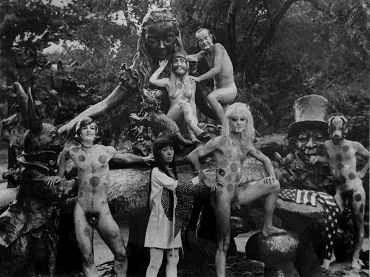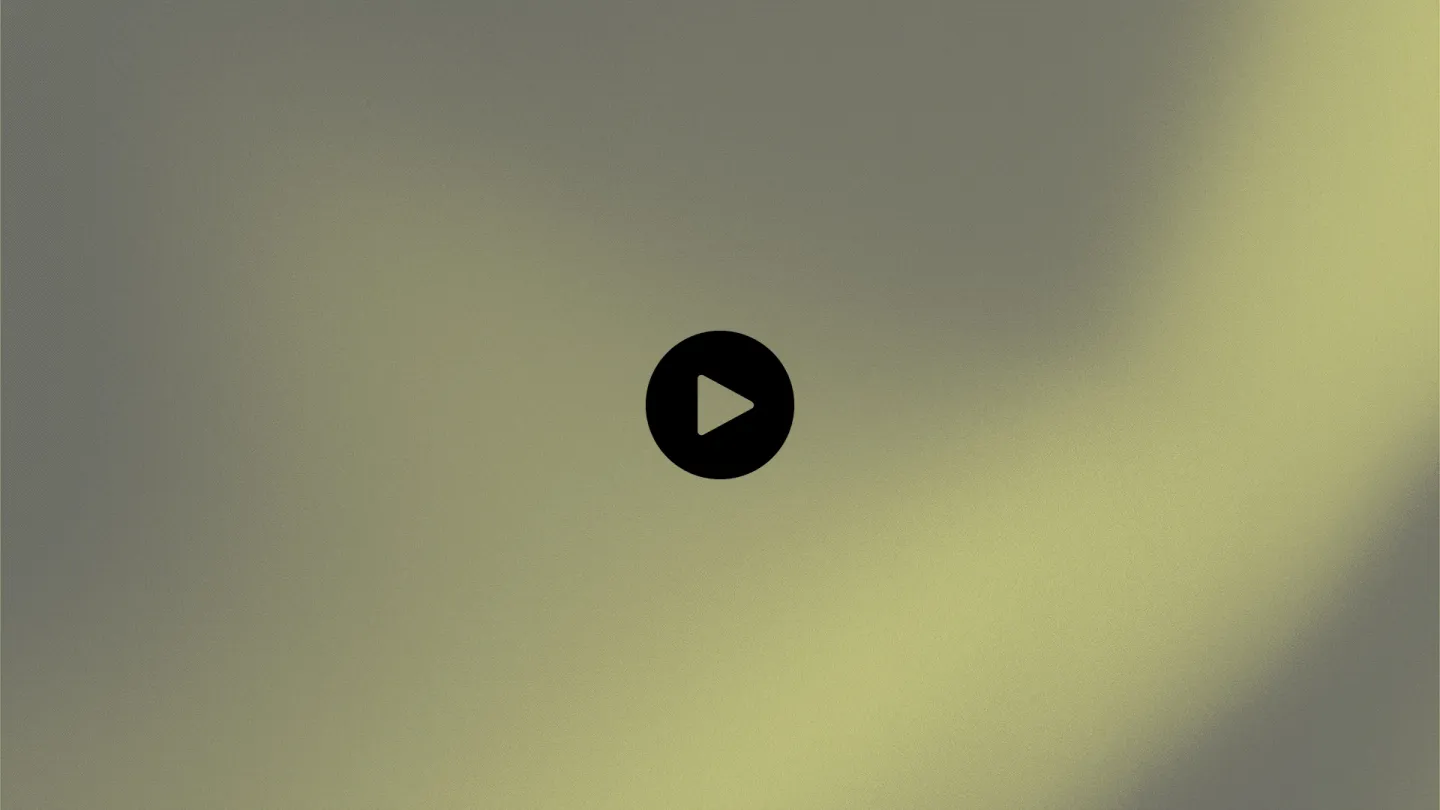Yayoi Kusama
The speed with which the artist became relevant in this context in the 1960s clearly indicates that her art contains none of the usual references, occupying instead an exceptional territory that is completely unique. This is the period of her most recognisable works, the Accumulation sculptures, in which paint ceases to be an object and finds itself in the domain of sculpture, with an abundance of phallic appendices, and the Infinity nets, large extensions of polka dots that continue to make use of white monochrome. If in general these pieces might be related with representations of a feminist pop art, it must be noted that they also draw on forms linked to the minimalist eccentricity of artists such as Lynda Benglis and Eva Hesse. The fact that she attracted the attention of Donald Judd and at the same time had shows with Yves Klein vividly suggests that her work does not fit within assumed frameworks of interpretation. Her broad range of interests enabled her to connect with the counterculture movements of the times, especially the hippy movement, as reflected in her less well-known audiovisual works, like Self-Obliteration (1968), in which paint is transformed into an element that soaks space to then explode in true celebrations of the body and sexual freedom.
Upon returning to Japan in 1973 Kusama embodies the trauma of the globalised subject, whose loss of rootedness leads to periodic mental health crises. This process is accompanied by a return to painting and to other types of private media, such as the writing of her novel Manhattan Suicide Addict (1978), which contrast with the public dimension of her happenings in New York. In the 1980s and 90s she returns to pictorial and sculptural production in dialogue with the modern grid, turning it into an organic motif, in allusion to her previous accumulations and nets.
Today Yayoi Kusama continues working in her studio in Tokyo. Beyond the focus on the pathological and therapeutic aspects of art, this exhibition attempts to reflect the depth of her trajectory and also her contemporaneity, by showing recent installations, such asI´m Here, but Nothing (2000), as well as others created specifically for the occasion, such as Infinity Mirrored Room – Filled with the Brilliance of Life (2011).
Artists
Centre Pompidou, Paris (October 19, 2011 - January 9, 2012); Tate Modern, London (February 9 - June 5, 2012); Whitney Museum of American Art, New York (July 12 - September 30, 2012)
Organised by
Museo Nacional Centro de Arte Reina Sofía in collaboration with Tate Modern, London
Image gallery
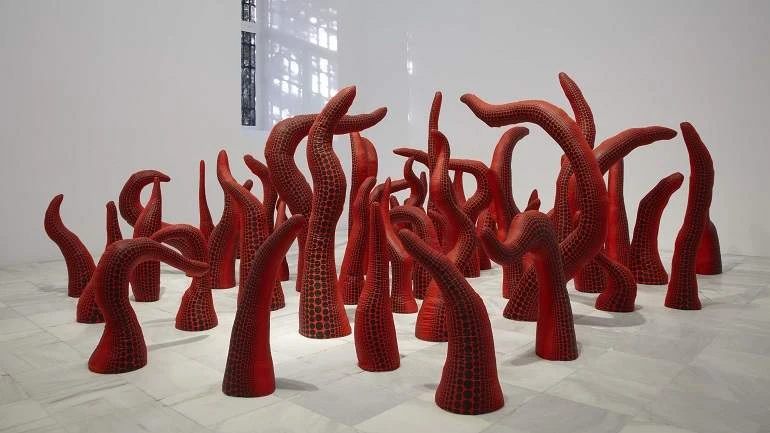
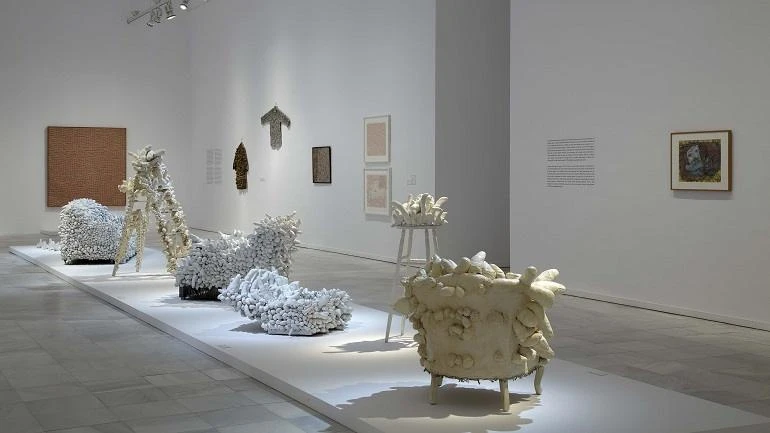
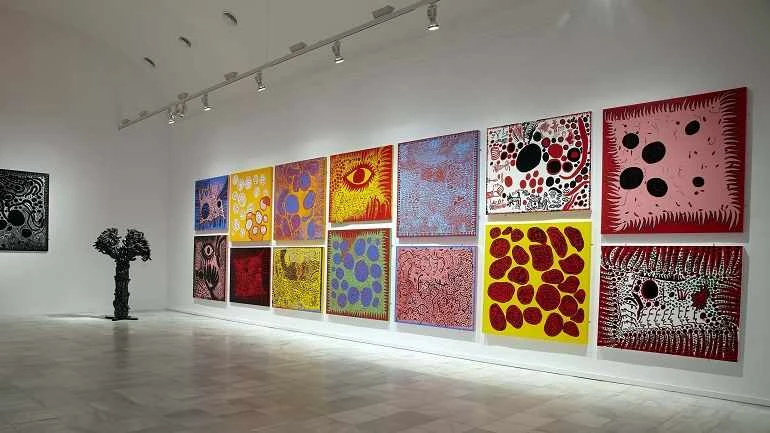
Itinerary
Museo Nacional Centro de Arte Reina Sofía, Madrid
11 May, 2011 - 12 September, 2011
Musée National d'Art Moderne Centre Georges Pompidou, París
10 October, 2011 - 9 January, 2012
Tate Modern, Londres
9 February, 2012 - 5 June, 2012
Whitney Museum, Nueva York
12 July, 2012 - 30 September, 2012
